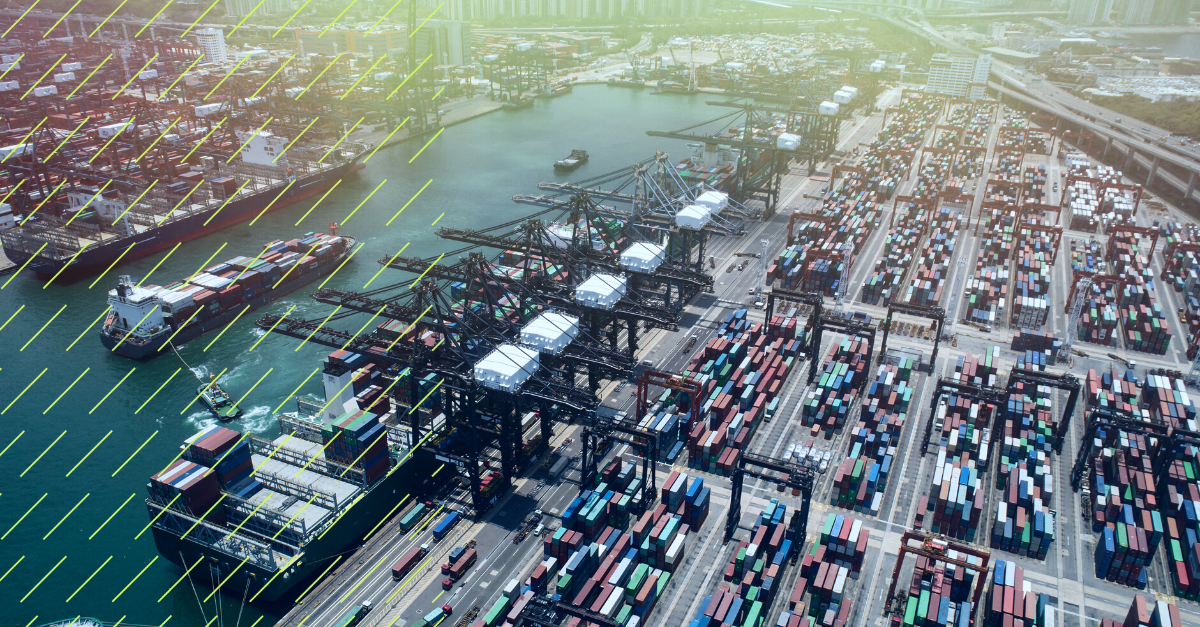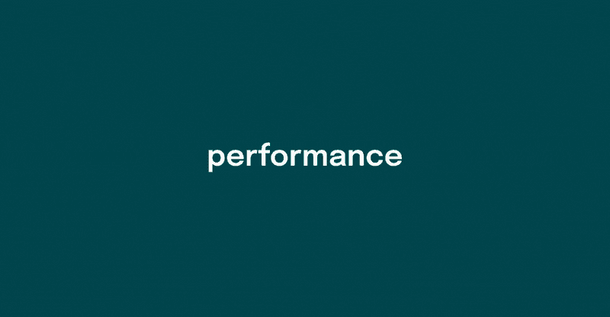The Big Supply Chain Disruption.
Recent events have uncovered a host of issues in EU supply chains.
To mention a few:
- Dependence on Russian gas
- Reliance on Chinese commercial markets
- High shipping costs
These supply chain disruptions have left EU manufacturers feeling the pinch on both sides of the curve.
On the supply side, the flow of energy and materials continues to be strained.
On the demand side, the order backlogs that have kept manufacturers busy so far have plummeted as the global economy slows down.
So, what’s the way forward for EU manufacturers?
In one word—optimization.
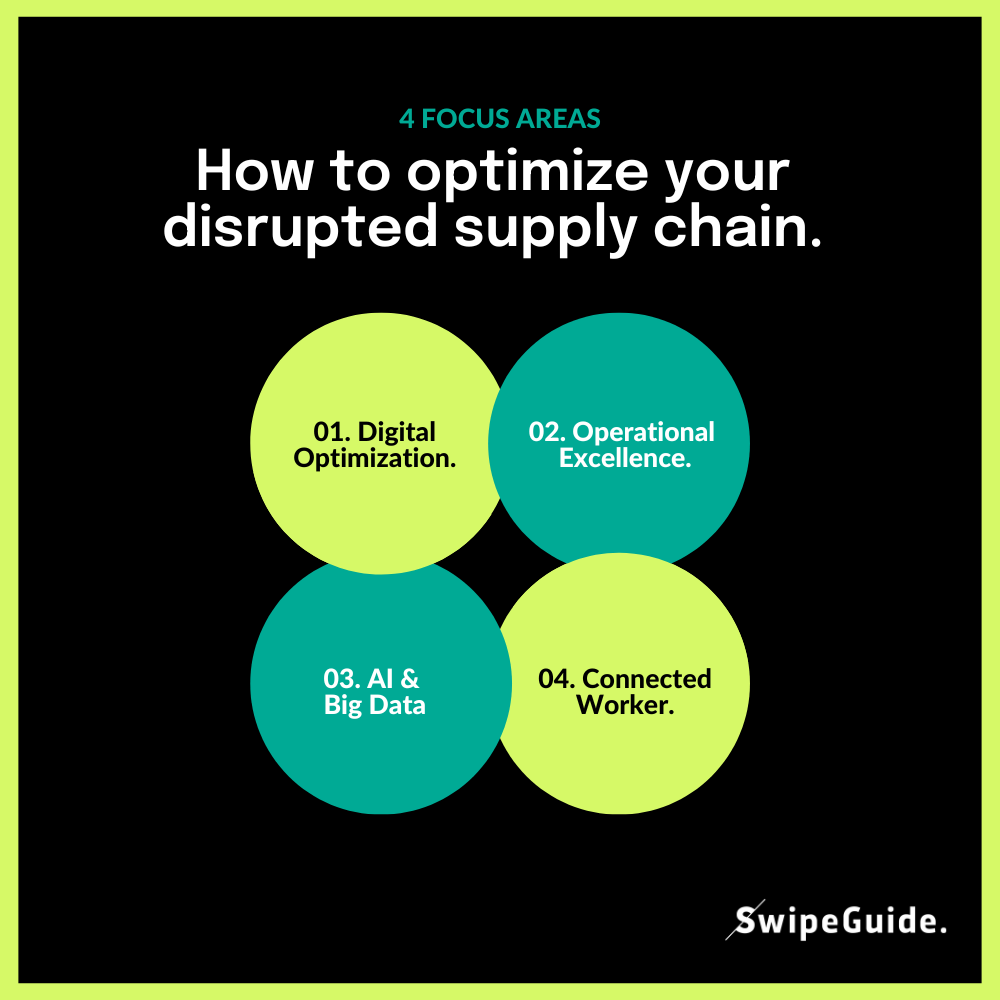
1. Digital optimization.
Historically, turbulent economic conditions have often served as a catalyst for technological adoption that, contrary to intuition, almost always leads to better economic outcomes.
In the early 1980s, the robot arm was being deployed on automotive assembly lines all over the world. Margaret Thatcher’s Britain, however, was dealing with an economic crisis.
Britain's car manufacturers couldn’t compete in the global economy where modernized assembly lines had increased production and lowered costs. And opposition to investments in robots remained stiff, as unemployment soared and people saw these machines as a threat to their livelihood.
However, against all opposition, the British automotive industry decided to invest in this technology after all. As a result, and contrary to popular belief at the time, this propelled productivity and created more jobs for British workers, as manufacturers recovered and became more competitive.
➡️ Supply Chain disruption lesson 1: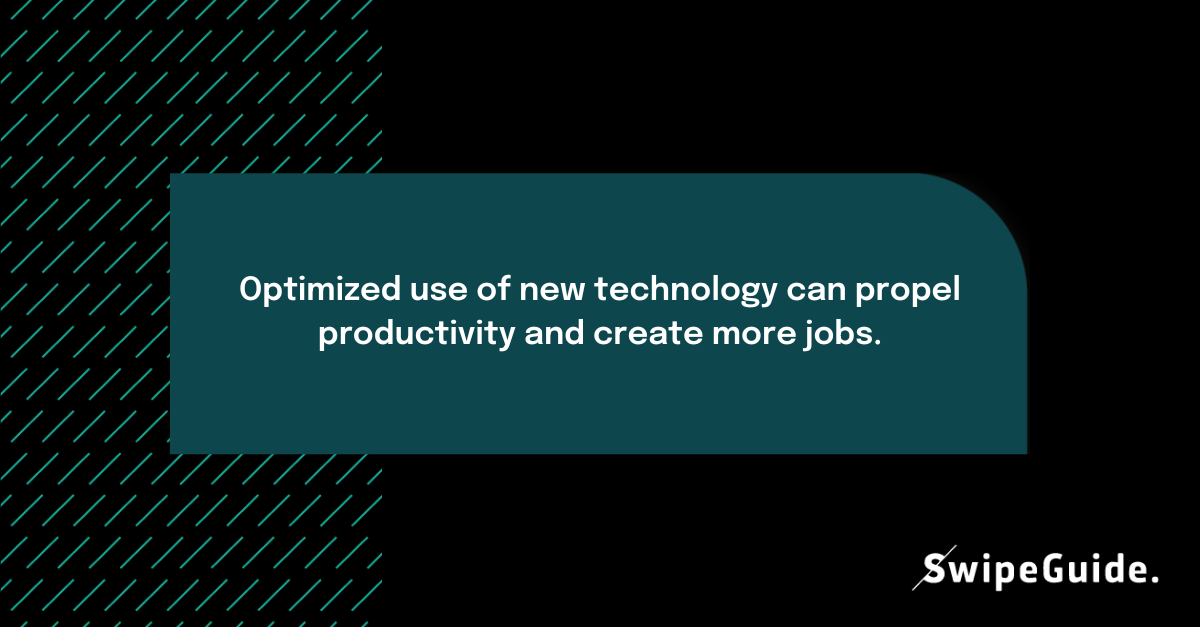
2. Operational Excellence.
Fast forward—a recent study by Mckinsey Company found that the COVID-19 pandemic spurred a quantum leap in industrial technology adoption, as manufacturers saw the need to quickly counteract its worst economic effects.
The top two changes were an increase in digital offerings and adoption of smart manufacturing technologies in operations. When respondents were asked why their organizations didn’t implement these changes before the crisis, over 50% said that they weren’t a top business priority.
Similarly, because of the ongoing supply chain crises and a tightening labor market, profit margins for EU manufacturers are razor thin and OpEx is no longer a ‘nice-to–have.’
➡️ Supply Chain disruption Lesson 2:

3. Artificial Intelligence and Big Data.
Historically, Big Data has been a European weakness compared to the US and China, but EU manufacturers are slowly catching up. By some estimates, over 48% of EU businesses have adopted AI in at least one business function, and manufacturing is leading the way.
From predictive maintenance to scrap reduction, firms are using AI and Big Data for optimizing factory operations on a granular level.
French food manufacturer Danone Group uses machine learning to improve its demand forecast accuracy. At BMW, plants are using automated image recognition for quality checks, inspections, and to eliminate pseudo-defects (deviations from target despite no actual faults).
➡️ Supply Chain disruption Lesson 3:
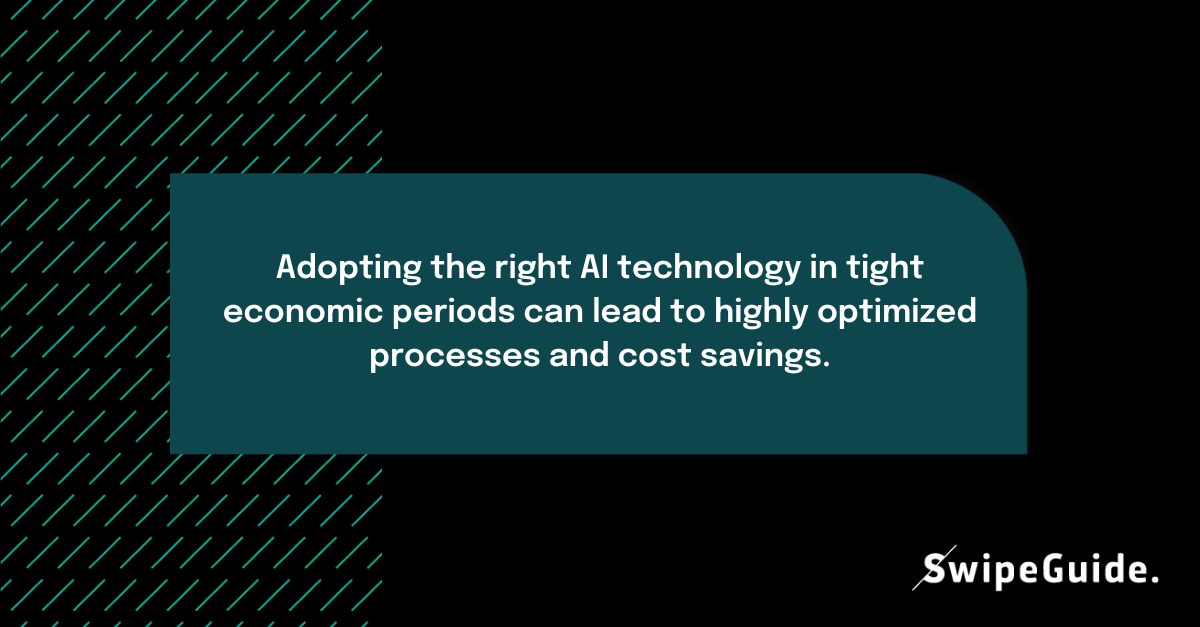
4. Connected Worker.
The Internet of Things represents the glue between the manufacturing and the digital world. And within the 16 advanced technologies, the EU27 holds the second highest share of worldwide patent applications in IoT.
To facilitate this human-machine collaboration, digitalizing shop floor operations is crucial. This has given rise to the phenomenon of ‘Connected Work.’
‘Connected Workers’ = production workers who are able to use a variety of digital tools and data management techniques to enhance and integrate their interactions with both physical and virtual environments. This allows them to make decisions more quickly and efficiently.
One of the simplest, and cheapest, solutions to enable ‘Connected Work’ on the production line, is to provide operators with the right operational knowledge via digital tools.
When operators have access to the right operational knowledge at the right time, presented in a visual, easy-to-understand format, their productivity and efficiency grows exponentially.
Simply put, better work instructions reduce errors.
And reduced errors means less scrap, better machine maintenance, and higher OEE. This can be a simple, low-lift solution that requires minimal implementation effort and is easily scaled across process lines and sites.
➡️ Supply Chain disruption Lesson 4:
Adopting the right digital tools can now be the difference between success or lights out for many EU manufacturers.
And while it’s necessary to take short-term measures to mitigate immediate concerns, long-term thinking is what makes manufacturers truly resilient to inevitable economic shocks.
Modernizing the frontline and integrating technology across all operational value streams is the best chance EU industry has to future-proof itself and beat the supply chain crises.
Learn more about future-proofing your operations:
👉 The Future is Bright for the Deskless Worker in Industry 4.0
👉 The Future Factory is Built on Data. Future-Proof Your Operations.
👉 Want to Build the Factory of the Future? Focus on these 4 Areas.

